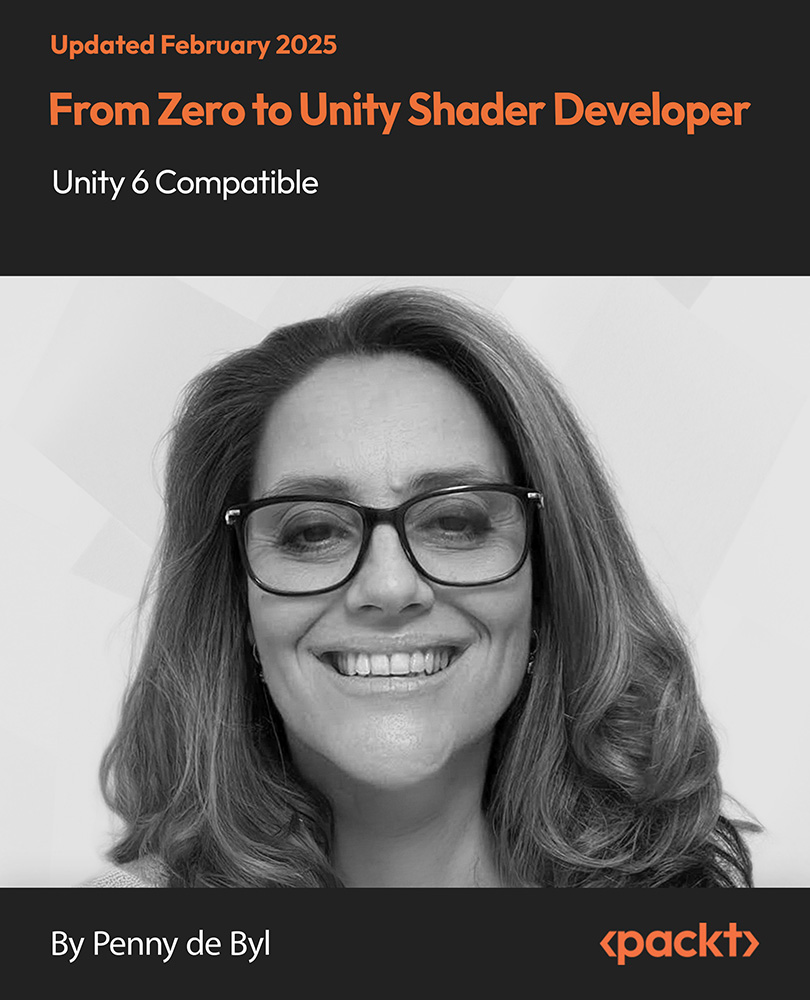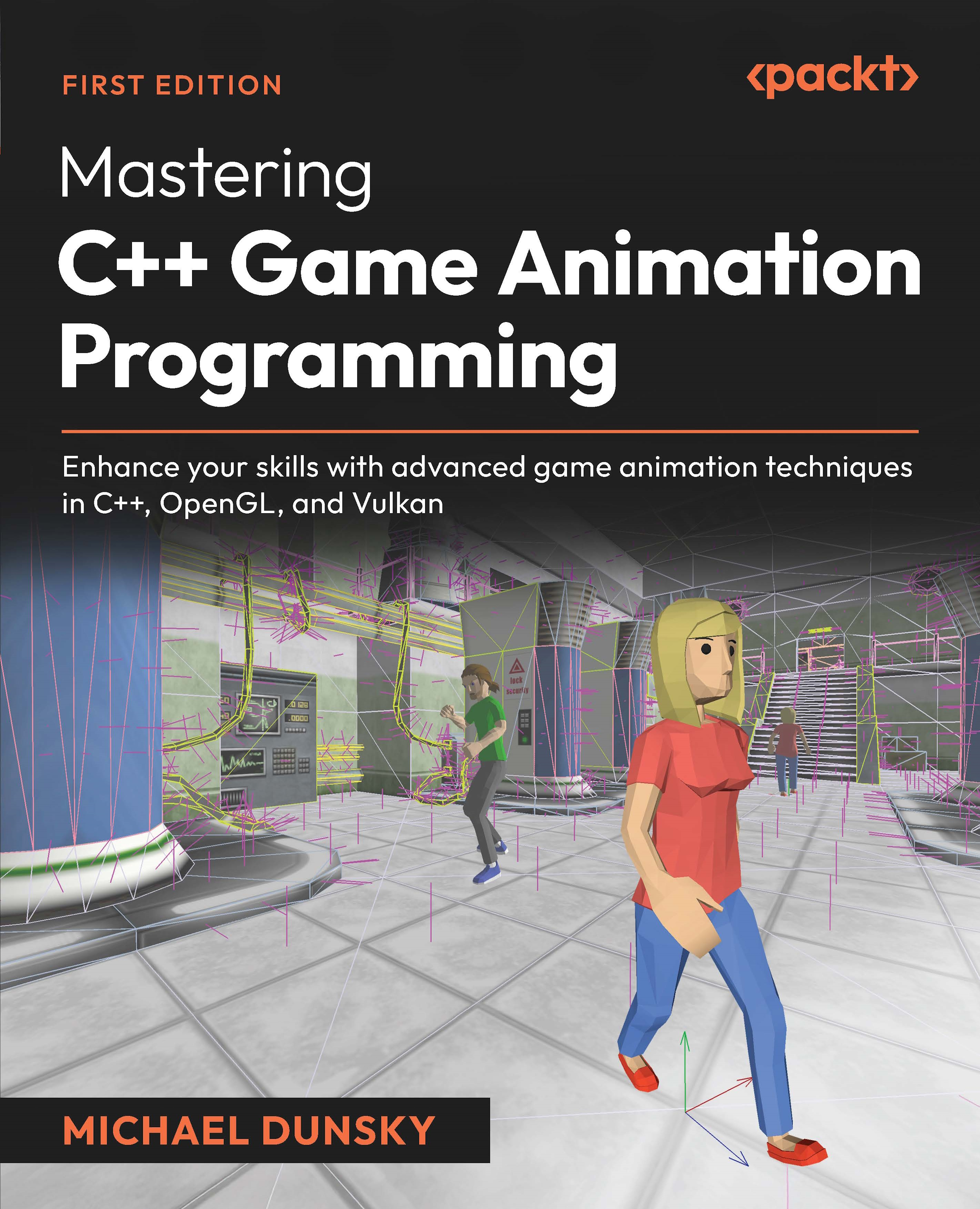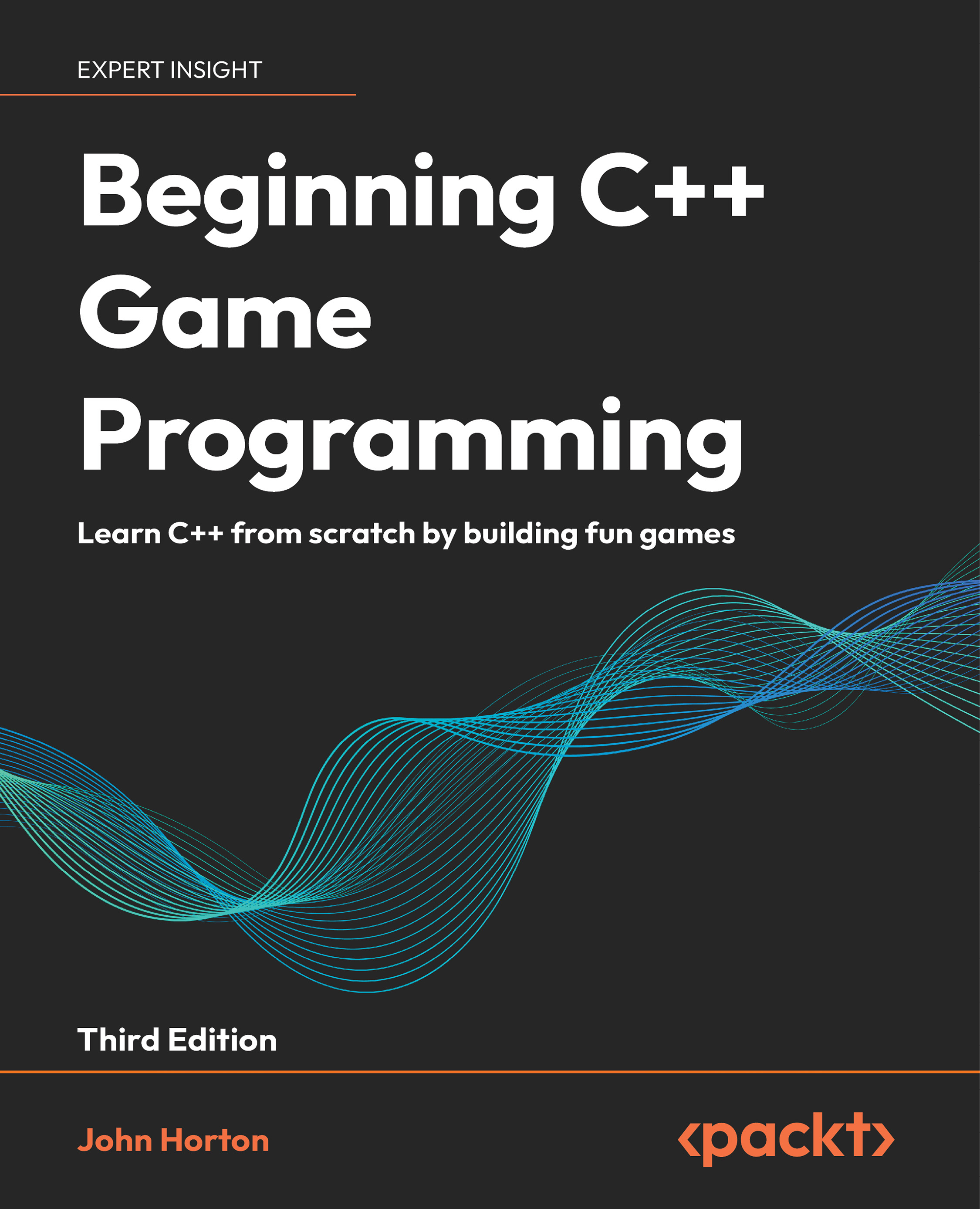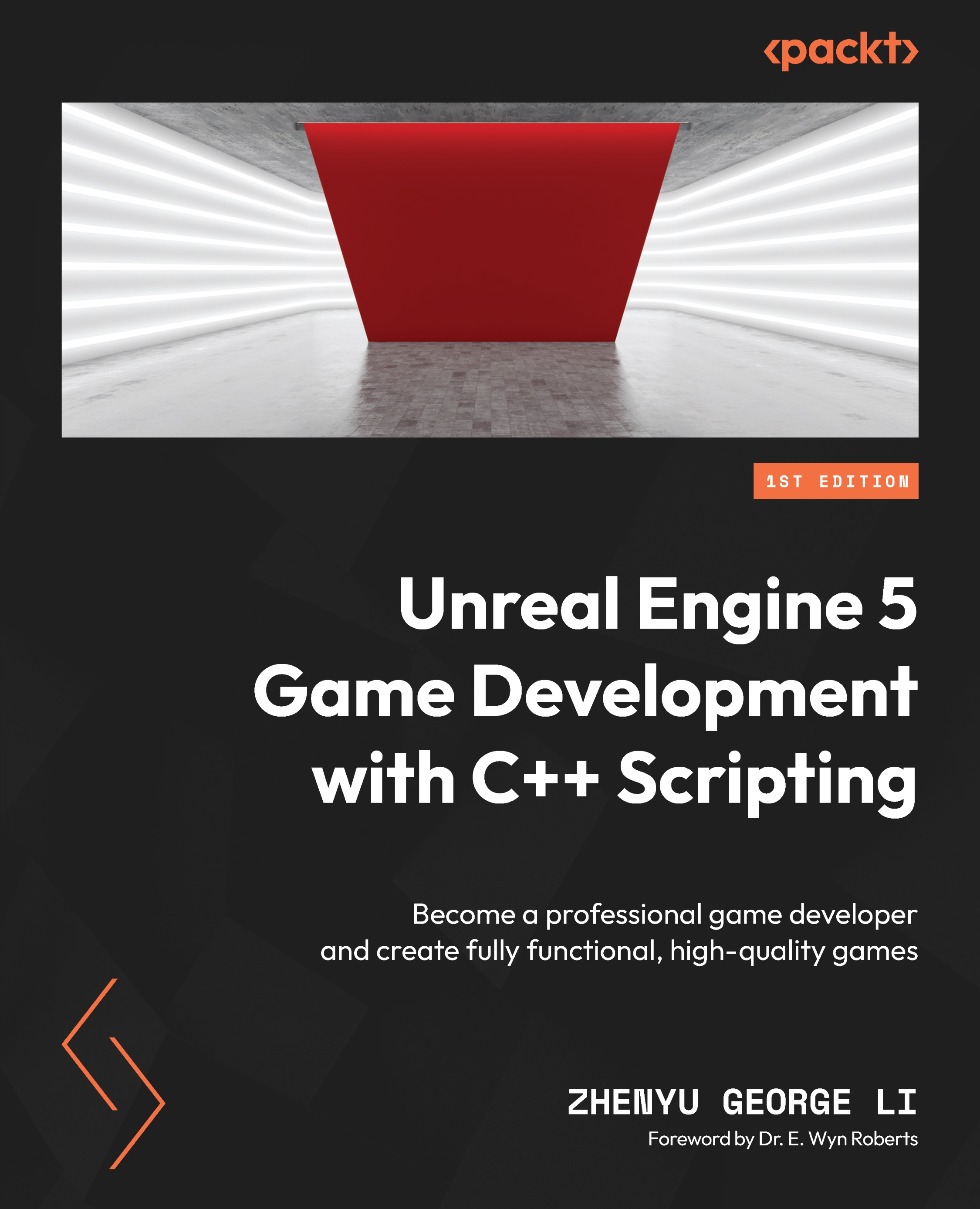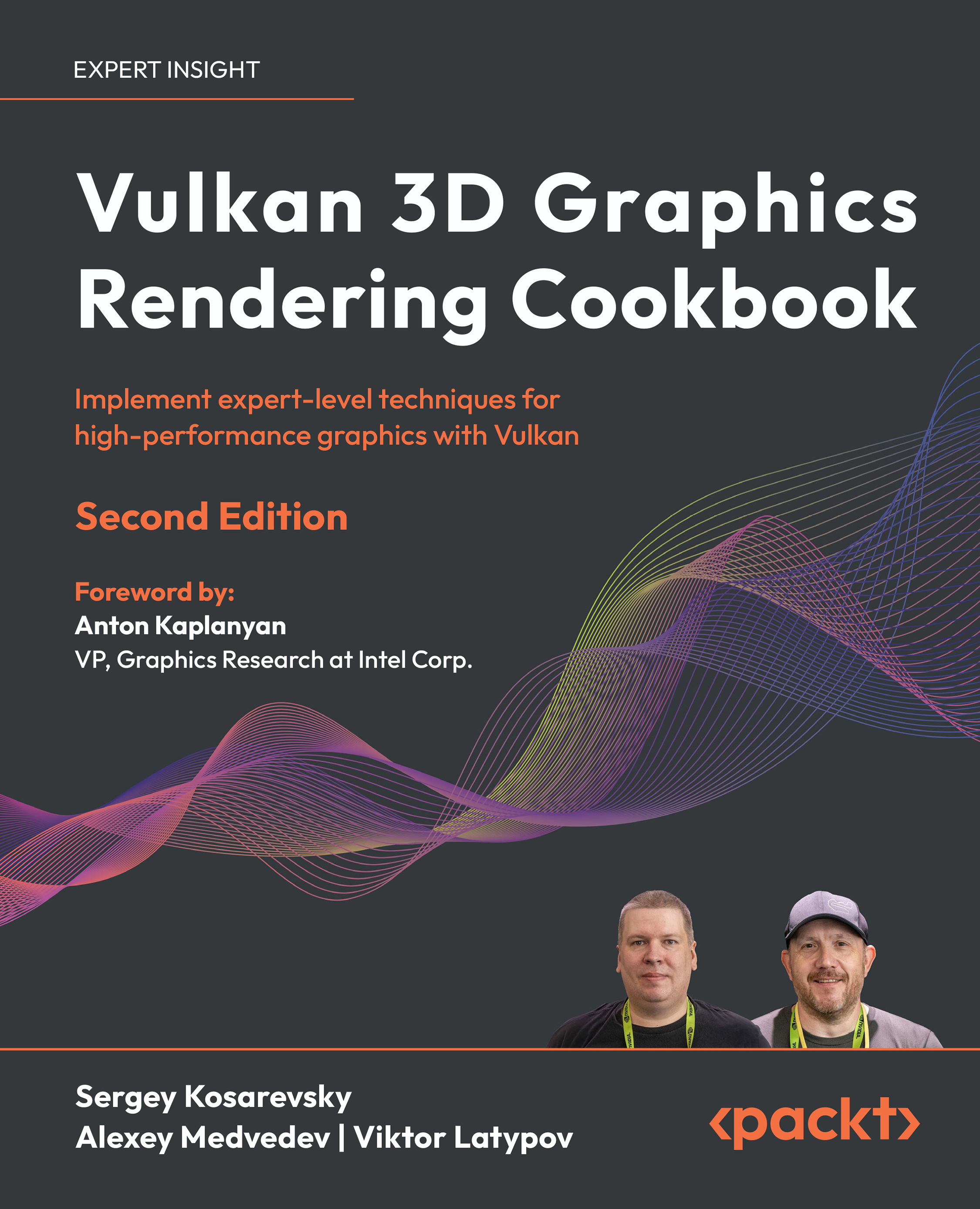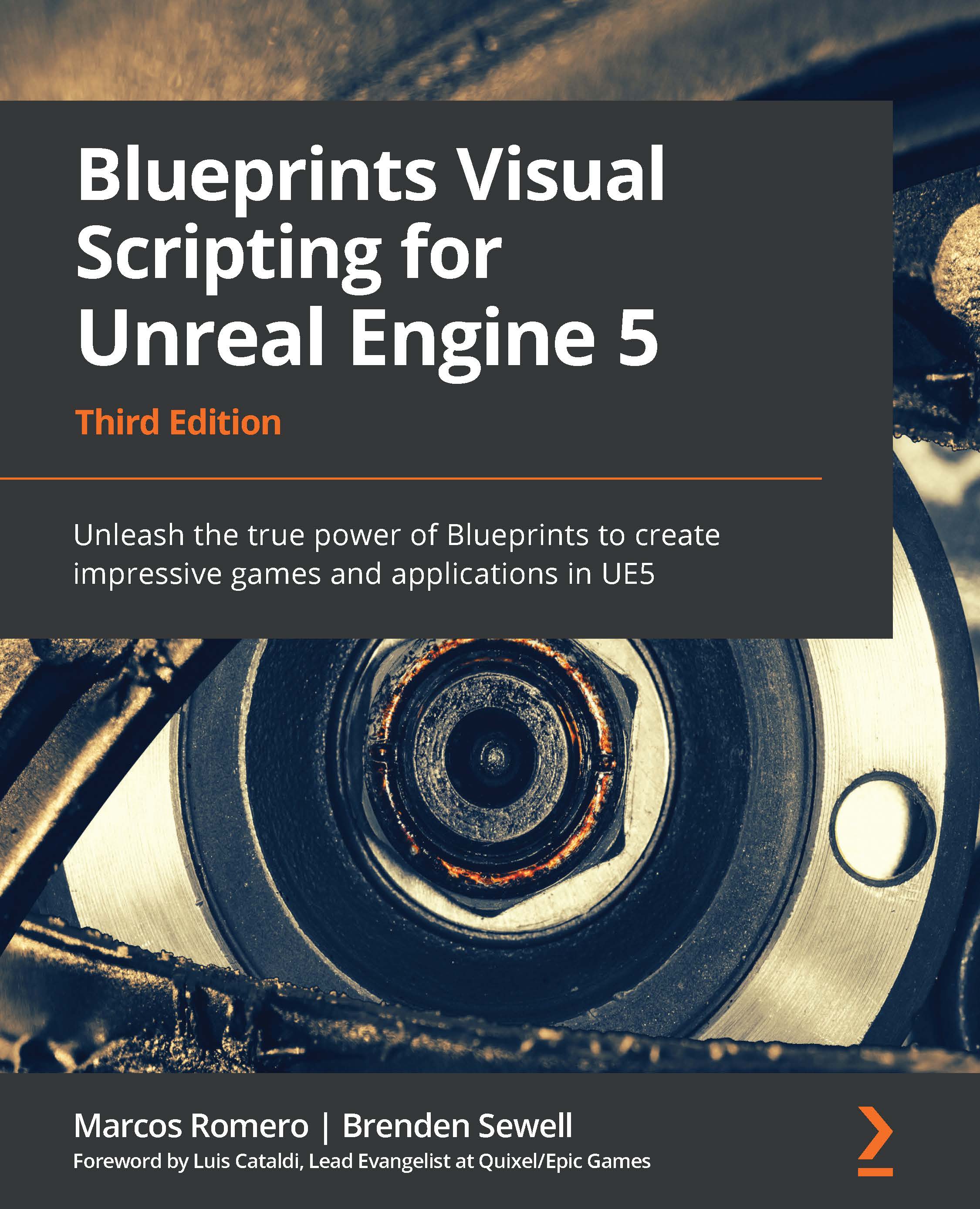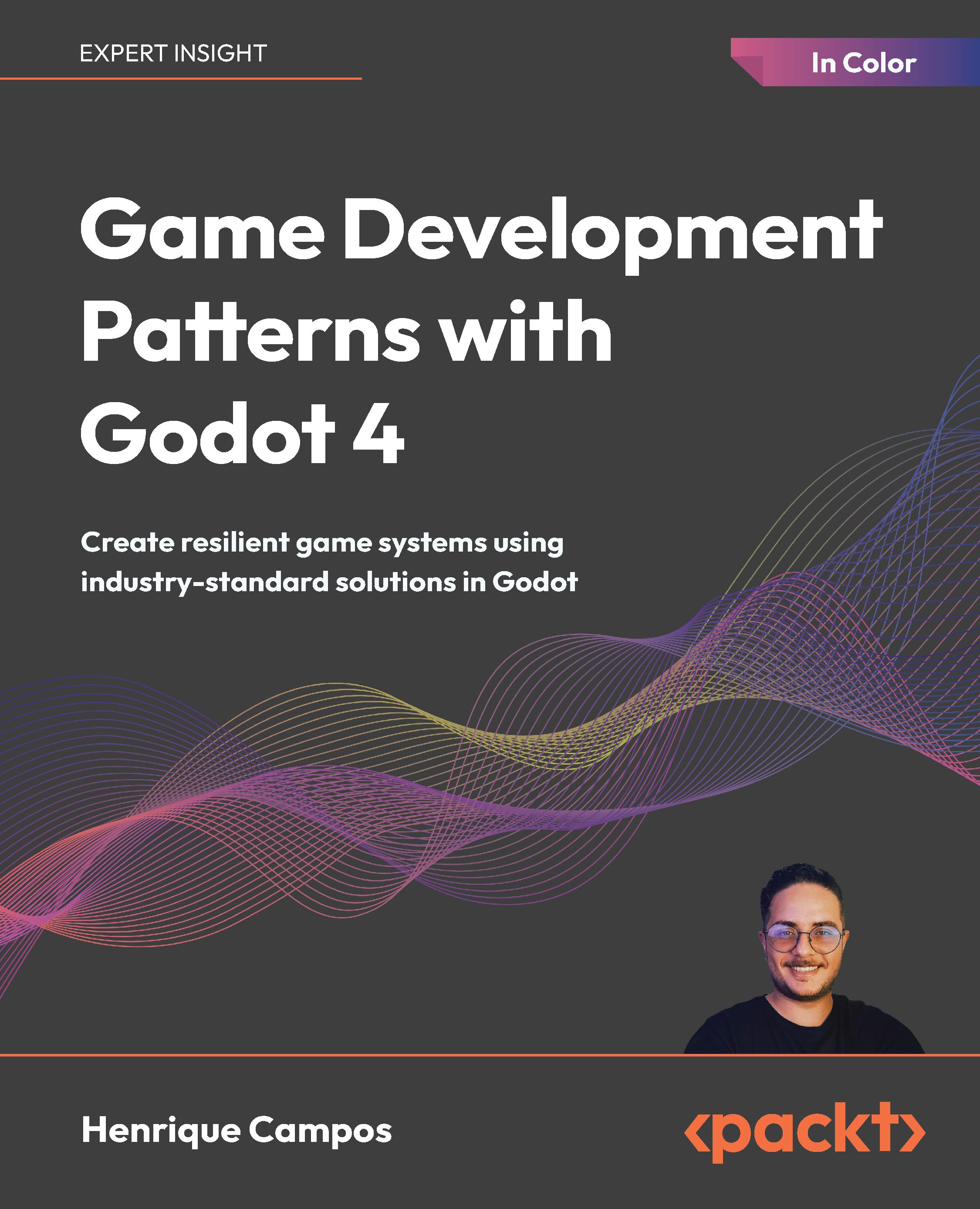-
A complete guide to Unity shader development covering surface, vertex, and fragment shaders
-
Essential for game developers aiming to create realistic lighting, blending, and visual effects
-
Hands-on projects and challenges ensure a deep understanding of shader logic and performance
Start your journey into Unity shader development by learning the rendering pipeline and writing your first surface shader. Begin with shader syntax, data structures, and mesh components before exploring shader properties and input variables. Progress to lighting models like Lambert and Blinn-Phong, implement normal mapping, and understand frame buffers to control rendering effects. Master these essentials to build a strong foundation for advanced shader programming.
Move into blending, transparency, and multi-pass rendering to manipulate object appearance. Work with alpha channels, stencil buffers, and logical cutoffs to refine shaders. Explore vertex and fragment shaders to control individual pixels and vertices, create dynamic materials, and apply advanced lighting techniques. Delve into rim lighting, holograms, and procedural texture blending to produce realistic, immersive effects that enhance game visuals.
In the final phase, tackle volumetric rendering and procedural effects, covering ray marching, fog density, and cloud generation using noise algorithms. Integrate lighting with volumetric techniques to add depth and realism. By course completion, confidently write, optimize, and implement shaders that push the boundaries of real-time graphics, elevating your projects to a professional level.
This course is ideal for game developers, technical artists, and programmers eager to master real-time graphics. Whether you're a beginner exploring shaders for the first time or an experienced developer refining your skills, this course will guide you through shader logic, blending, lighting models, and advanced volumetric effects. A basic understanding of Unity and C# is recommended but not required. By the end, you’ll be equipped to create custom shaders that elevate your projects with cutting-edge visual fidelity.
-
Write Unity surface shaders and manipulate material properties
-
Apply lighting models like Lambert and Blinn-Phong effectively
-
Control transparency and blending for dynamic visual effects
-
Create advanced shader effects like rim lighting and holograms
-
Develop volumetric rendering techniques for fog and clouds
-
Optimize shader performance for real-time applications
 United States
United States
 Great Britain
Great Britain
 India
India
 Germany
Germany
 France
France
 Canada
Canada
 Russia
Russia
 Spain
Spain
 Brazil
Brazil
 Australia
Australia
 South Africa
South Africa
 Thailand
Thailand
 Ukraine
Ukraine
 Switzerland
Switzerland
 Slovakia
Slovakia
 Luxembourg
Luxembourg
 Hungary
Hungary
 Romania
Romania
 Denmark
Denmark
 Ireland
Ireland
 Estonia
Estonia
 Belgium
Belgium
 Italy
Italy
 Finland
Finland
 Cyprus
Cyprus
 Lithuania
Lithuania
 Latvia
Latvia
 Malta
Malta
 Netherlands
Netherlands
 Portugal
Portugal
 Slovenia
Slovenia
 Sweden
Sweden
 Argentina
Argentina
 Colombia
Colombia
 Ecuador
Ecuador
 Indonesia
Indonesia
 Mexico
Mexico
 New Zealand
New Zealand
 Norway
Norway
 South Korea
South Korea
 Taiwan
Taiwan
 Turkey
Turkey
 Czechia
Czechia
 Austria
Austria
 Greece
Greece
 Isle of Man
Isle of Man
 Bulgaria
Bulgaria
 Japan
Japan
 Philippines
Philippines
 Poland
Poland
 Singapore
Singapore
 Egypt
Egypt
 Chile
Chile
 Malaysia
Malaysia
